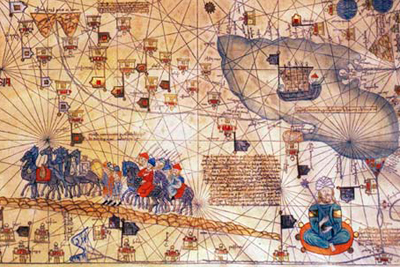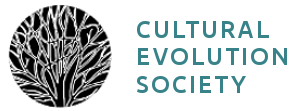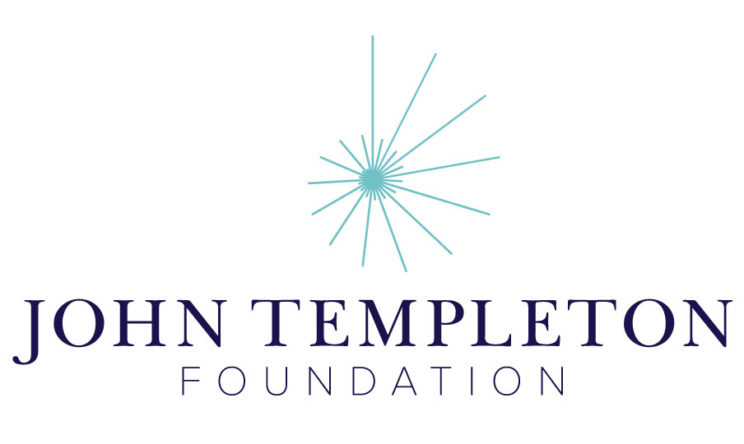Foundations of Cultural Evolution
Lecture 11: Do socio-political cultural systems evolve?

Cyclic dynamics in cultural evolution
The applications of group-level thinking to questions of social evolution are numerous. While the previous two modules help us find conditions for selection of specific traits at higher scales, which may be groups, they do not make explicit the changes a group experiences through time.
In this final module we consider a mathematical approach that translates verbal models of societal change into mathematical models we can explore. As we do so we can see how even simple models can describe and perhaps explain how socio-political systems evolve.
References cited
Turchin, P. (2018). Historical dynamics: Why states rise and fall. Princeton University Press.
Additional readings about the evolution of sociopolitical cultural systems
Turchin, P., Currie, T. E., Turner, E. A., & Gavrilets, S. (2013). War, space, and the evolution of Old World complex societies. Proceedings of the National Academy of Sciences, 110(41), 16384-16389.
Turchin, P., Brennan, R., Currie, T. E., Feeney, K. C., Francois, P., Hoyer, D., ... & Peregrine, P. (2015). Seshat: The global history databank. Cliodynamics: The Journal of Quantitative History and Cultural Evolution.
This project was supported by Grant #61105 from the John Templeton Foundation to the University of Tennessee, Knoxville (PIs: S. Gavrilets and P. J. Richerson) with assistance from the Center for the Dynamics of Social Complexity and the National Institute for Mathematical and Biological Synthesis at the University of Tennessee, Knoxville.

The Cultural Evolution Society's Online Learning Tutorial Series is licensed under a Creative Commons Attribution-NonCommercial-ShareAlike 4.0 International License. For designers' contact information, click here.



